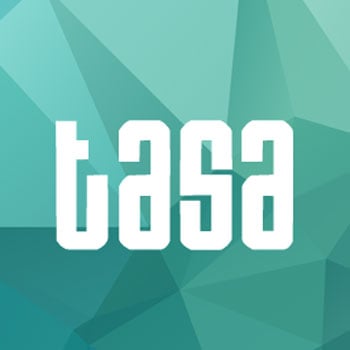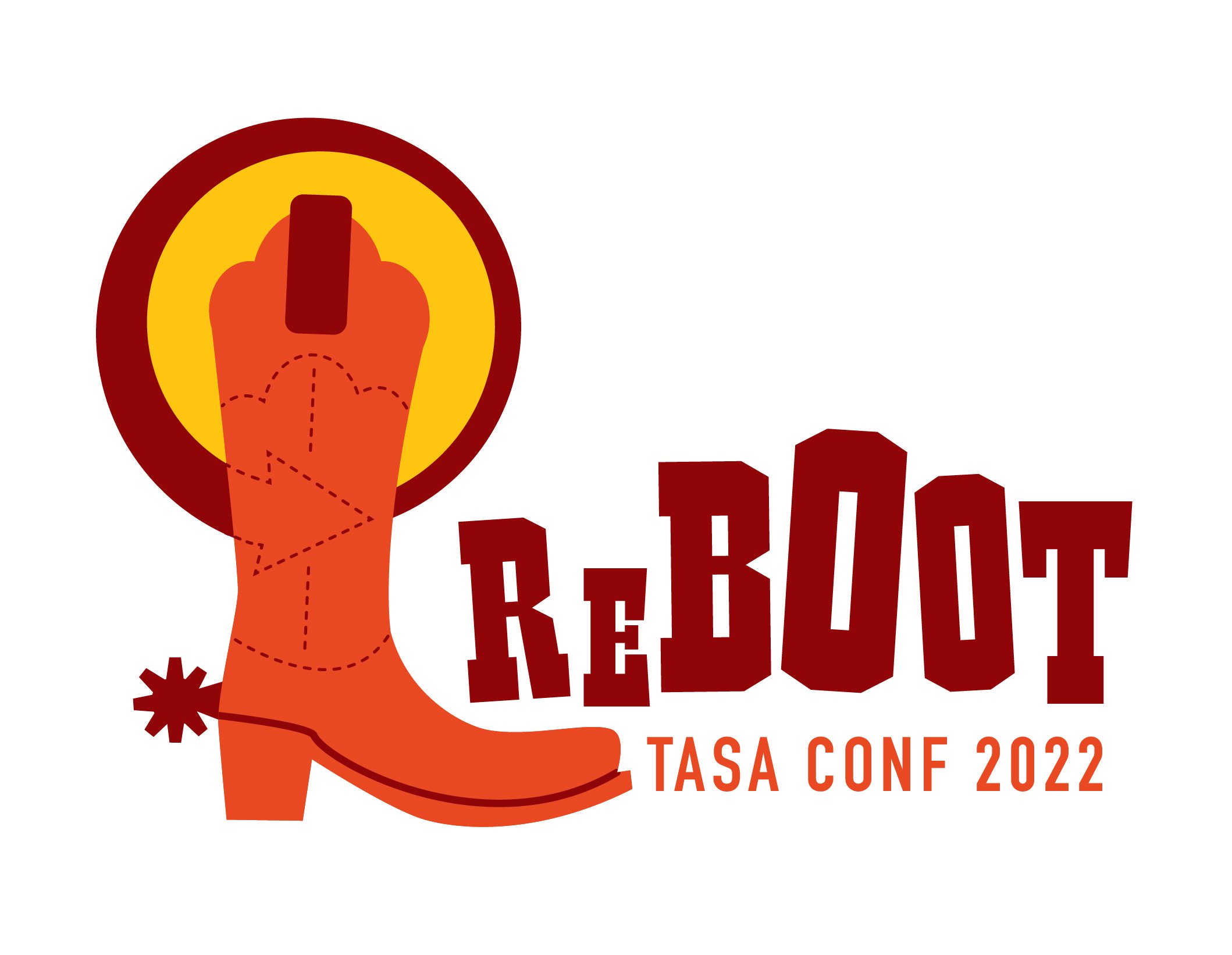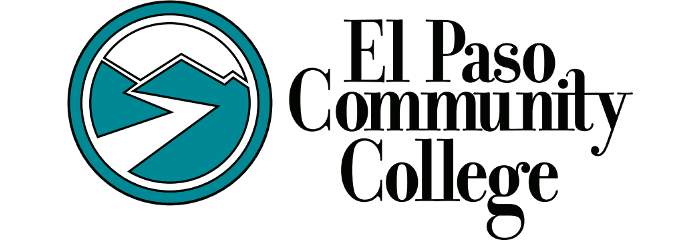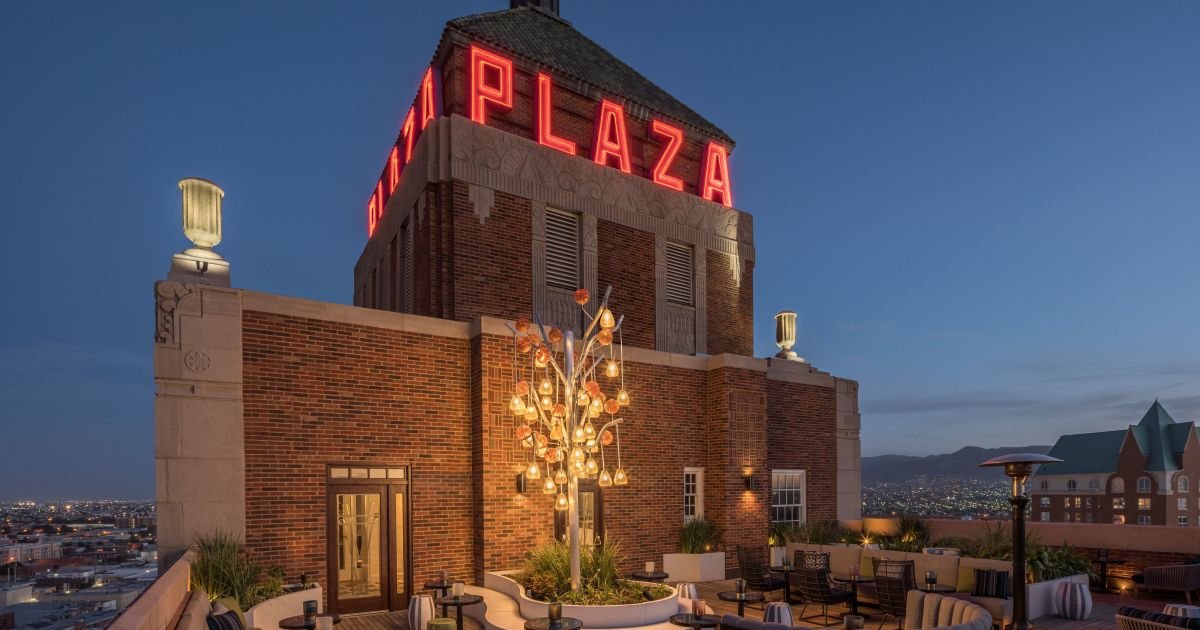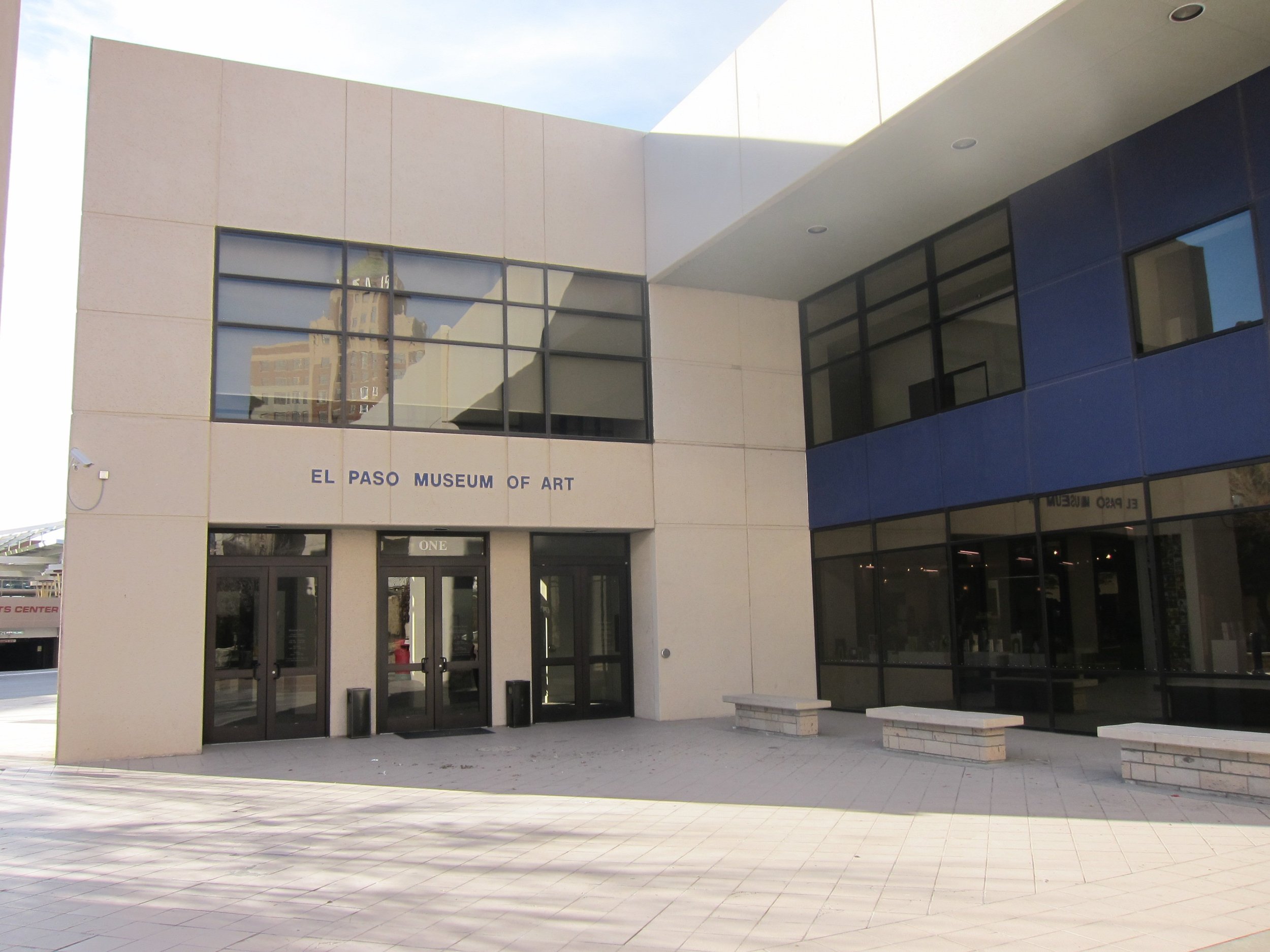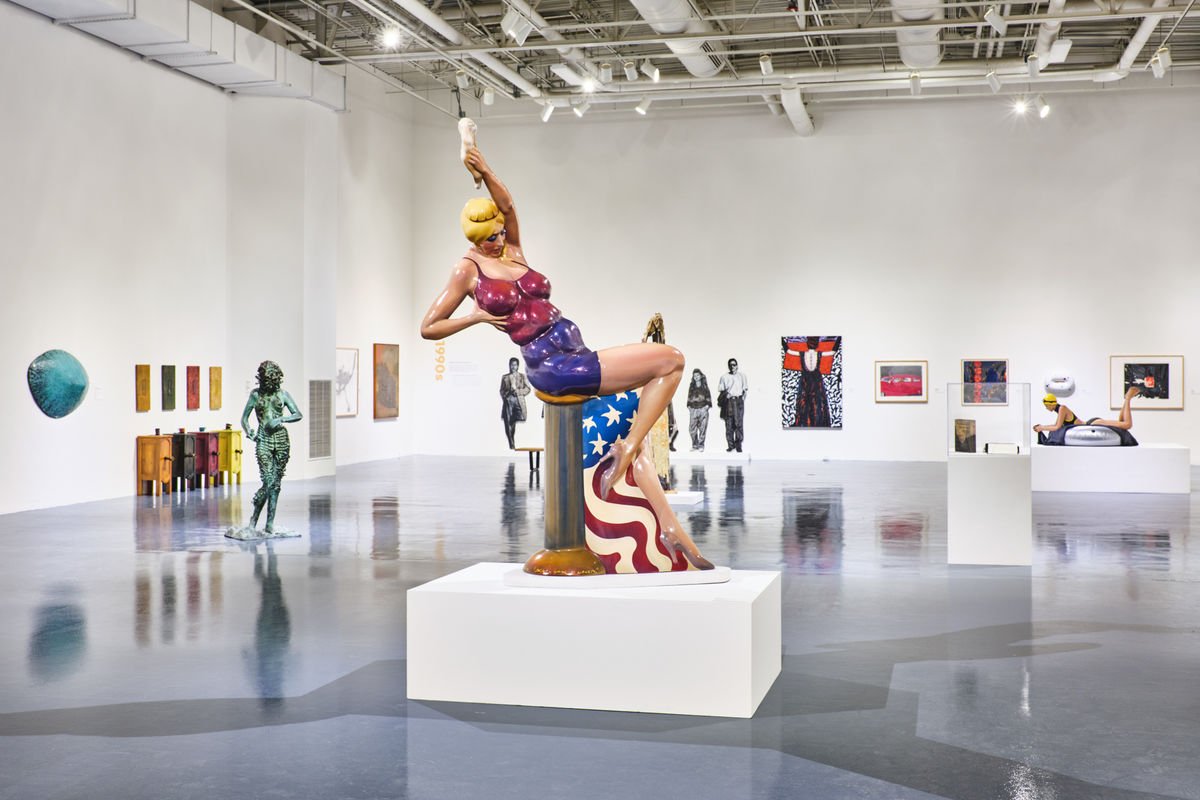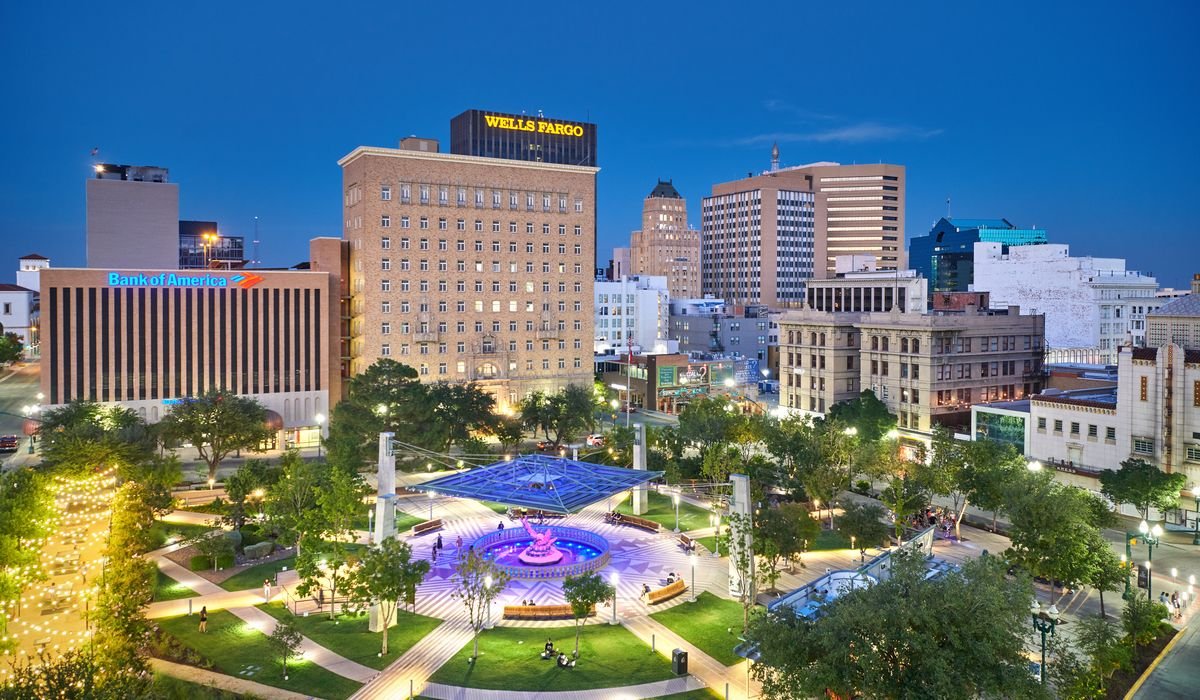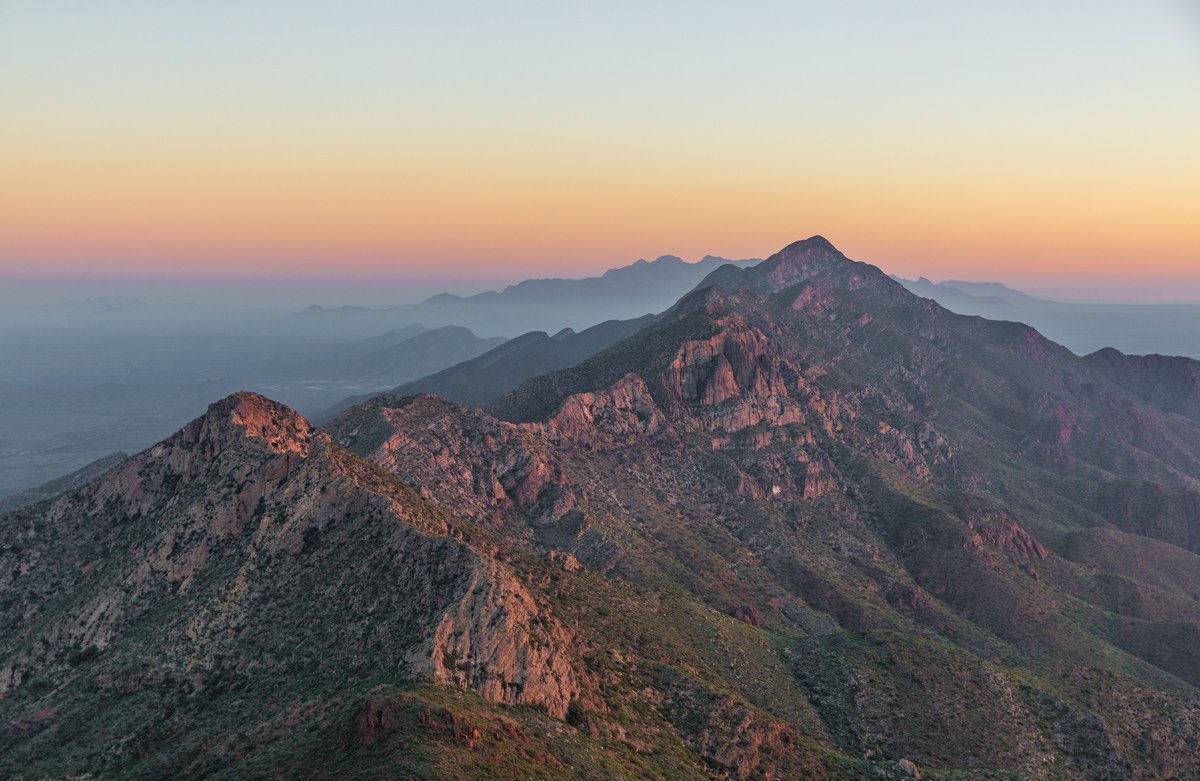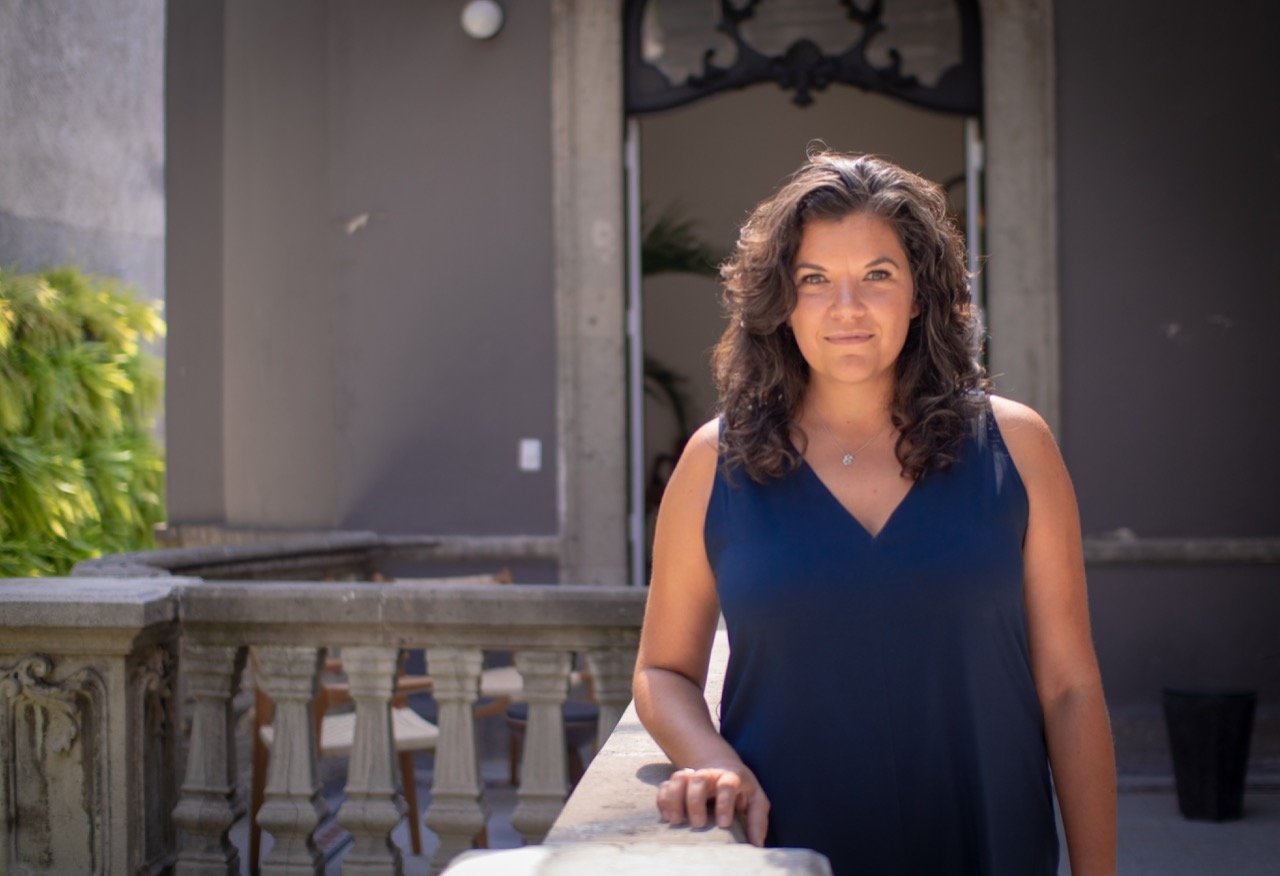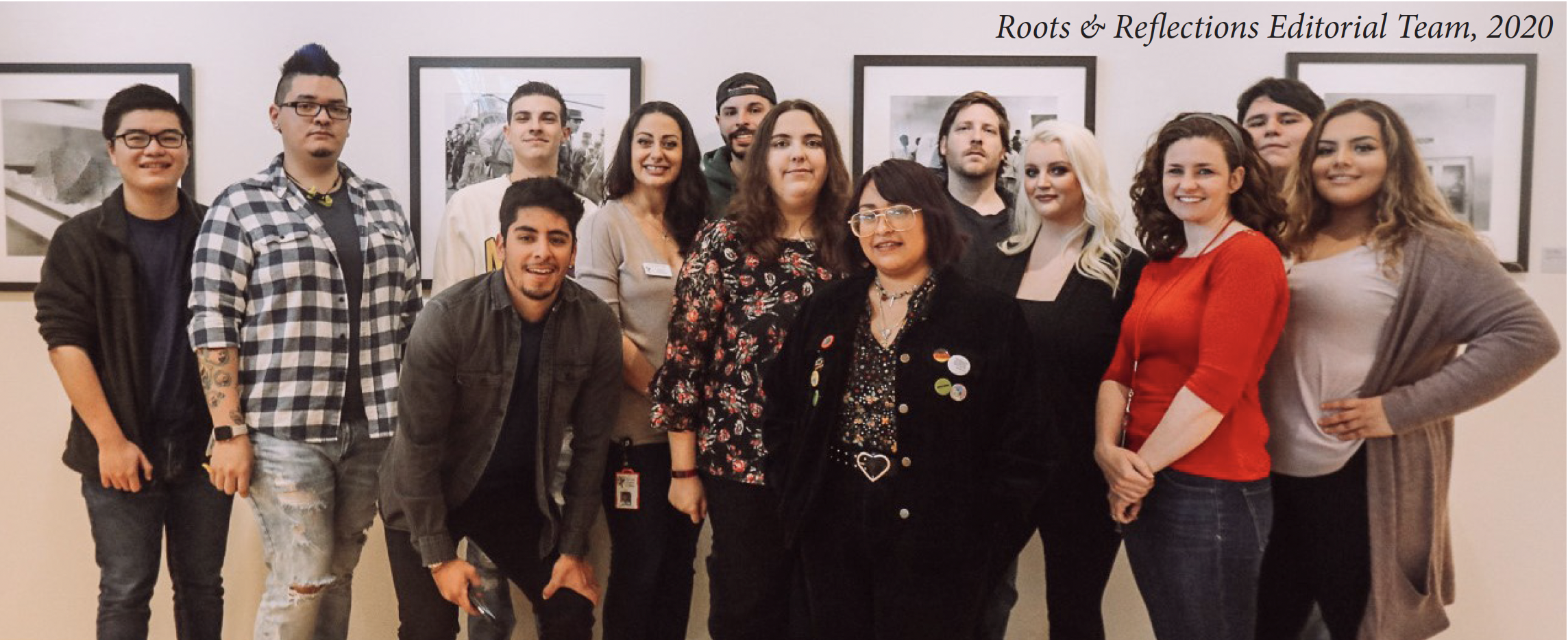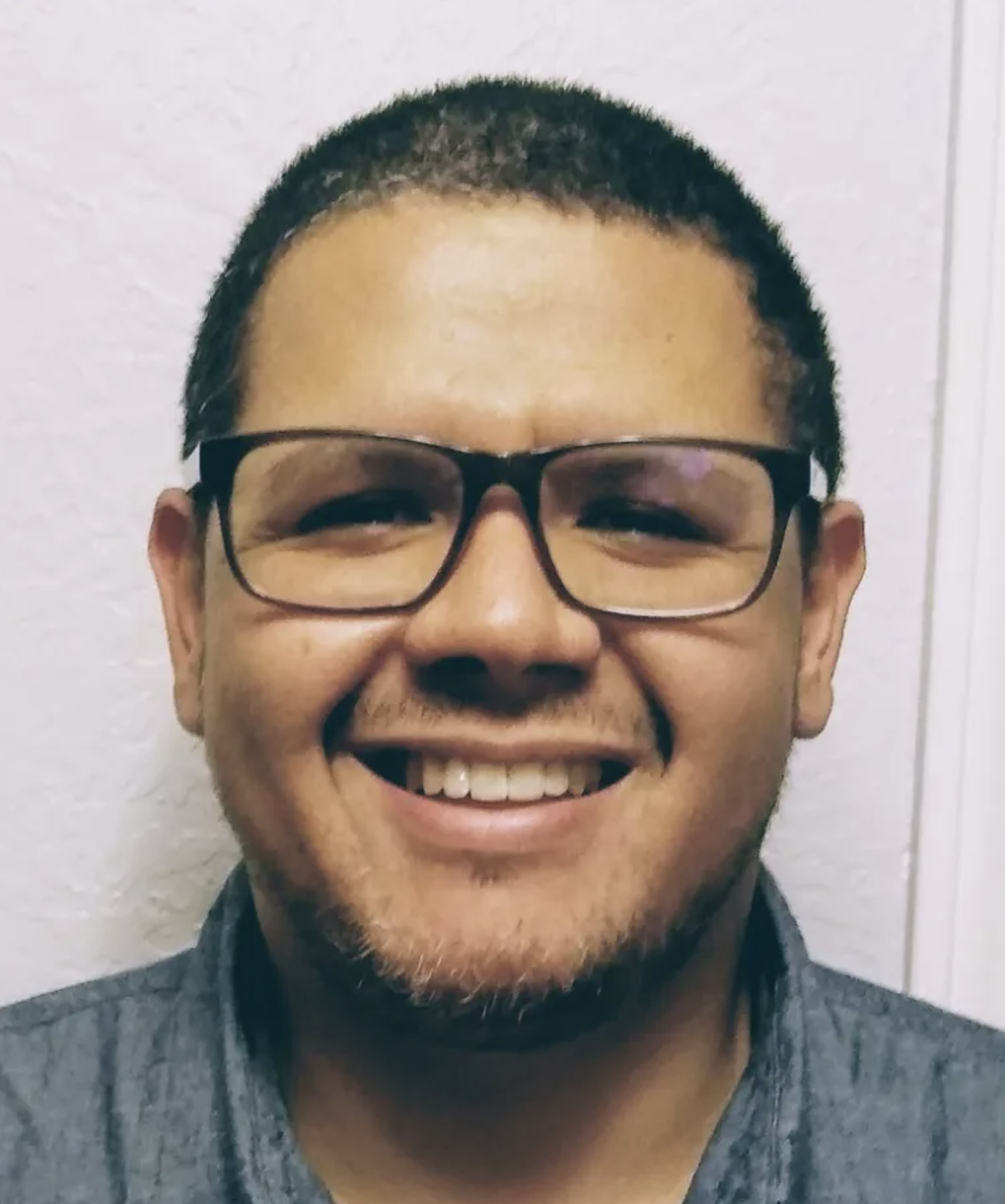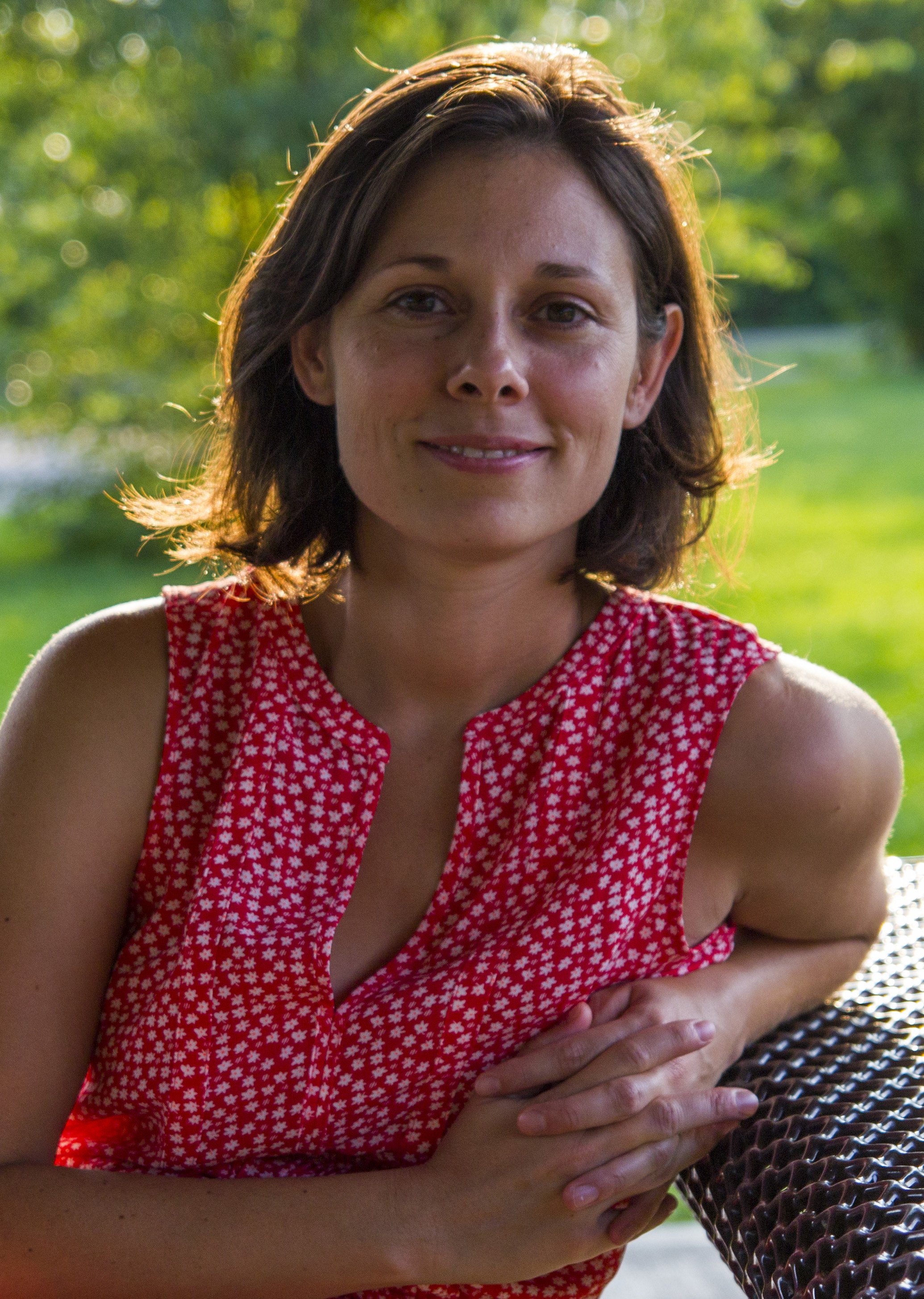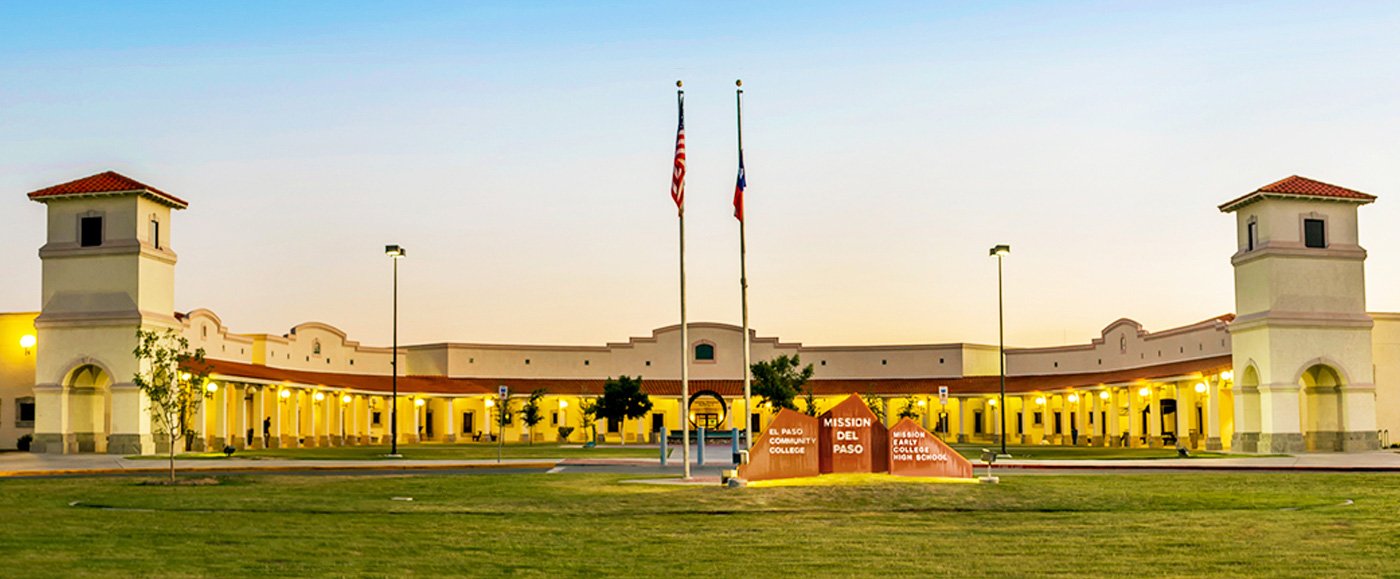A Celebratory Renewal of Gathering to Inspire Multi-Cultural Creativity
Oct. 13-15, 2022 • El Paso Texas • Plaza hotel • Pioneer Park
HOSTED BY
EL PASO COMMUNITY COLLEGE
The El Paso County Community College District does not discriminate on the basis of race, color, national origin, religion, gender, age, disability, veteran status, sexual orientation, or gender identity.
Speakers
ELIZABETH MAYER
Assistant Commissioner. Workforce Education
Texas Higher Education Coordinating Board
Updates and developments on recent ARTS curriculum and programming.
Leslie Moody Castro
KEYNOTE SPEAKER
LESLIE MOODY CASTRO
Leslie Moody Castro is an independent curator and writer whose practice is based on itinerancy and collaboration. She has produced, organized, and collaborated on projects in Mexico and the United States for nearly two decades. Moody Castro earned a Master's degree at The University of Texas at Austin in Museum Education with a portfolio supplement in Museum Studies in 2010, and a Bachelor's degree in Art History at DePaul University in Chicago in 2004, and has been awarded two grants from the National Endowment of the Arts for her curatorial projects (2016, 2017). She is committed to creating moments of artistic exchange and dialogue, and is a co-founder of Unlisted Projects, an artist residency program in Austin, Texas. In 2017, was selected as Curator and Artistic Director of the sixth edition of the Texas Biennial, and was the first invited curator in residence at the Galveston Artist Residency. She is currently the inaugural Curatorial Fellow at New Mexico State University, Las Cruces and guest editor at Glasstire.com. In addition to her firm belief that the visual arts creates moments of empathy, Moody Castro also believes that Mariachis make everything better.
JESS TOLBERT
PAUL HANNA SPEAKER
JESS TOLBERT
ASSISTANT PROFESSOR, Department of Art Head of the Jewelry + Metals Program
University of Texas, El Paso
Jess Tolbert is a craftsperson based in the El Paso, Texas borderlands of the United States. Their practice reconsiders manufactured, everyday products and materials as wearable and intimate objects. This duality considers how the industrially-made and the handcrafted challenge our nostalgic, imagined, and actual relationship with labor, the built/maintained environment, and identity. Utilizing and inspired by the seemingly commonplace, Jess bridges the gap between disparate modes of making in order to consider the role material, process, and people play in the production of things and spaces. Jess Tolbert will discuss the ways in which their work lives a seemingly incongruous, yet connected, life. Upon first glance we understand visual signifiers about the forms presented – it is jewelry. Jewelry as an inherently social form of art often represents wealth, status, and/or affiliation, but also individuality, and thus identity. Considered closer, the material and process in the wearable artwork captures something hidden. Tolbert’s hand in repetitive actions and processes related to traditional craft are revealed alongside those of the maker of the products being used as raw material for the final work. Pins and necklaces become like badges or nametags, indicating involvement, identity, and purpose through their recognizable forms and the material’s associate meanings. The intimate formats of jewelry and crafted objects have the ability to draw us in, and shift our perspective. They provide insight into our complex relationships with the world and objects that surround us, connecting a viewer/wearer to distant places, histories, and moments in time. Tolbert will expand on their exploration of labor and identity through material and form, highlighting their most recent series initiated during their 2022 artist residency in Mexico City. Responding to the forms of labor witnessed throughout the city, its sights, sounds, smells, and substance became the source and connection used to build material portraits of the people and place at a particular moment in time.
TYSON LEWIS
EXCELLENCE IN THE FIELD SPEAKER
DR. TYSON LEWIS
Professor Art Education
College of Visuals Art and Design University of North Texas
STUDIOING IN POSTDIGITAL EDUCATIONAL SPACES
With the shift toward increasing pressure to develop online teaching modules during the first wave of the COVID-19 pandemic, professors in the visual arts, art educators, and art historians were faced with the challenge of translating classroom practices into hybrid or fully online versions. For this presentation, I will outline the arguments presented in my latest co-authored book Studious Drift: Movements and Protocols for a Postdigital Education for “rebooting” a new sense of studio practice for our postdigital times. Returning to the historical record, I argue that studios have always contained within them a “virtual” dimension that makes the idea of the studio adaptable to environments that mingle analog and digital components. I also argue that with the transition to the digital, educators should not lose site of the key features defining studios. I outline these features as follows: (a) a-disciplinarity (existing between or in excess of disciplinary specializations), (b) experimentation with materials and ideas, and (c) paradoxical location between public and private, inside and outside. These features of studios make the space-time of the studio amenable to postdigital education, but at the same time, bearing in mind these very same features, professors need to resist the more-or-less predetermined and standardized platforms provided by ed-tech companies, which put at risk precisely what makes studioing a unique educational experience. In conclusion, I will offer an example of postdigital studioing from my own practice and demonstrate how it can be adapted to multiple pedagogical needs. In short, this paper argues that the arts and humanities have their own educational spaces and practices (what I am calling studioing) that not only need conserving but also have the power to transform how we view online education.
Breakout Sessions
“Fostering Interdisciplinary Creativity in the Arts”
Led by Professor Janae Corrado, Dr. Jerrica Jordan, and members of the Roots & Reflections Editorial Team, Tarrant County College of Fort Worth, TX
Art is a popular choice for interdisciplinary partnerships, but in my opinion, art is too often used to illustrate or creatively express content of the other discipline. It is often expected to merely show the outward appearance of a science project or history lesson. We want to change that. In 2020, on the cusp of the pandemic, Janae Corrado (Assoc. Professor of Art) and Dr. Jerrica Jordan (Professor of English) co-created a course in which students are the sole designers of our campus literary and art magazine, Roots & Reflections. Students in this editorial class blindreview all student submissions, both literary as well as artistic, collectively jury in the works to be accepted, then edit and lay out the entirety of the magazine under the guidance of Dr. Jordan and Professor Corrado. The beauty of this course is that it has encouraged students of many different disciplines to become involved in every aspect of the editorial process. Students majoring in English and journalism are paired with students interested in art, graphic design, business, and more. From fine tuning a poem or color-correcting an image of artwork to being responsible for laying out spreads in the magazine, every student has a hand in every part of the creation process. Our interdisciplinary collaboration as an 8-week course has achieved success both in student learning, as well as the publication receiving multiple national awards for excellence. Our panel will discuss our successes and challenges in teaching such a course, and we would like to bring students on the editorial team with us to discuss their experiences. Should we receive submitted literary magazines from other TASA institutions, we would like to also allow the literary magazine editorial members present to critique and “workshop” the submitted literary magazines by other institutions.
Relief Sculpture Introductory Techniques Workshop
Yousif Del Valle, Austin Community College
Relief Sculpture Introductory Techniques Workshop
Workshop goal:
Share and demonstrate processes and methods implemented in introducing students to low to mid bas relief sculpture utilizing clay/wax or any malleable mass medium. Allow participants to practice the procedures demonstrated hands-on. Working with participants on ways to implement the procedures demonstrated into their curriculum or practice.
Outcomes:
Introduce and familiarize students with the tools and materials used to create a relief sculpture.
Introduce students to the processes necessary to translate 2D images into 3D objects
Introduce students to the design choices related to the 3D objects present in compositions
Reinforce the importance of a balanced compositional approach to the sculpture using proven 2D design principles and processes.
Draw in Digital, Paint in Pixel with Adobe Fresco
Nancy Miller, Texas A&M University-Corpus Christi
Draw in Digital, Paint in Pixel with Adobe Fresco
Creating work using traditional media like acrylics, oils, watercolors, and pastels yields beautiful results for those creative souls with enviable hand skills. For pixel-dependent creatives, there are now many great digital illustration and painting tools. In this workshop, you’ll learn how to use Fresco, the pressure-sensitive drawing and painting app from Adobe designed for stylus and touch devices. Nancy Miller will show you the basics of how to use Fresco as you explore your creativity in a digital art environment. We will cover the technical components of the platform, such as saving files, working with vectors, importing photos, and exporting your work, and dive into more artistic aspects, including how to use tools to achieve looks, including watercolor, oil, pencils, and mixed media. We’ll even cover how to create and share those instagramable time-lapse videos easily. Fresco offers artists a pixel-perfect way to take their vision from sketch to final art and deliver it for production. Your students might already be using Procreate to illustrate and paint digitally. Explore Fresco and show them a more robust platform already included in their institutional Adobe subscription.
Boryana Rusenova-Ina, Texas Tech University
Title: Re-enactments: Appropriating from Art History to Tell New Stories
This presentation and short demonstration will center on the benefits of appropriation as a strategy in studio art projects by following the example of contemporary artists of color who are re-thinking the art historical cannon. Drawing on artists Mickalene Thomas and Kahinde Wiley, I will share the outcomes of a final project I modeled on the idea of “re-enactment”. My students began by selecting an iconic image from Art History or Pop Culture and appropriated aspects of it to tell a new story. By using their own bodiesin the “re-enactment” image many of my students were able to re-imagine their own identities or focus on social issues they care deeply about. During class critiques, we discussed how this type of appropriation strategy challenges perceptions of who was visible in art history and the popular imagination, in addition to ways that we can encourage the representation of more diverse voices. At the end of the presentation, I will engage the attendees in a short collaborative session that involves making collages. We will use “History of Art” by H.W. Janson to select a favorite piece of art and re-contextualize it via collage elements that come from popular culture or our imagination.
Our Amazing LineUp of EPCC Sponsored Speakers
Edgar Picazo, Founding director of Azul Arena
“Socially Engaged Artistic Practices on the Border
Matthew Villarreal, Director, Parson Scholars Program.
“Decolonizing Mentorship Programs”
Isadora Stowe, Assistant Professor of Art,
Manuela Gomez, Philosophy Professor, EPCC
“Visual Rhetoric and its Philosophical Implications on US Mexico Border Women”, A Collaborative Humanities Grant
Evan Lopez, Education Curator, Centennial Museum, UTEP,
"Museum Outreach in Education"
Frank Rimbach, Assistant Professor of Art EPCC,
“Internal memory and personal appropriation through Drawing Workshop”.
ONE FOOT: Faculty & Professionals Exhibition
ONE FOOT EXHIBITION - Every year at the TASA Annual Conference, conference faculty and professional attendees are invited to participate in the TASA One Foot Exhibition. As TASA’s One Foot Exhibition title indicates, submissions for this show must be limited to one square foot for 2D work or one cubic foot for 3D pieces.
Show Awards Jurors: Buck Joshnson and Camp Bosworth curators of Wrong Marfa
